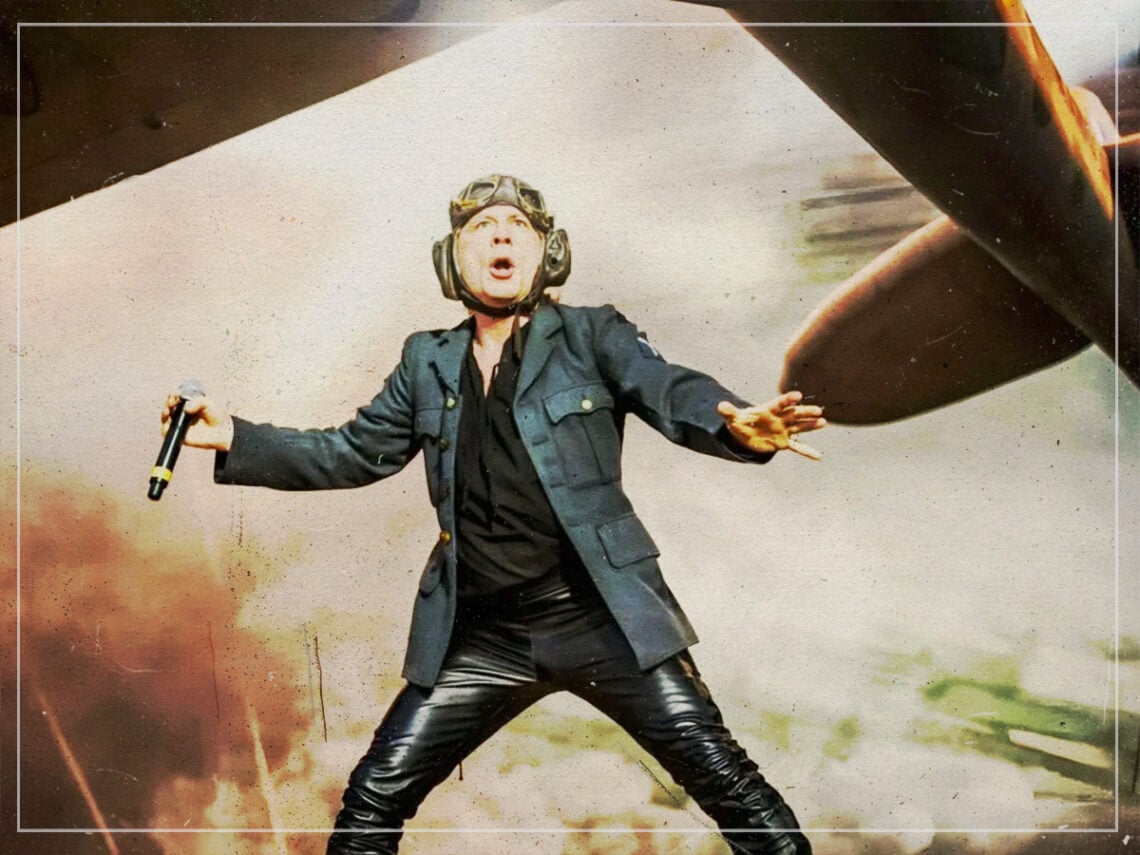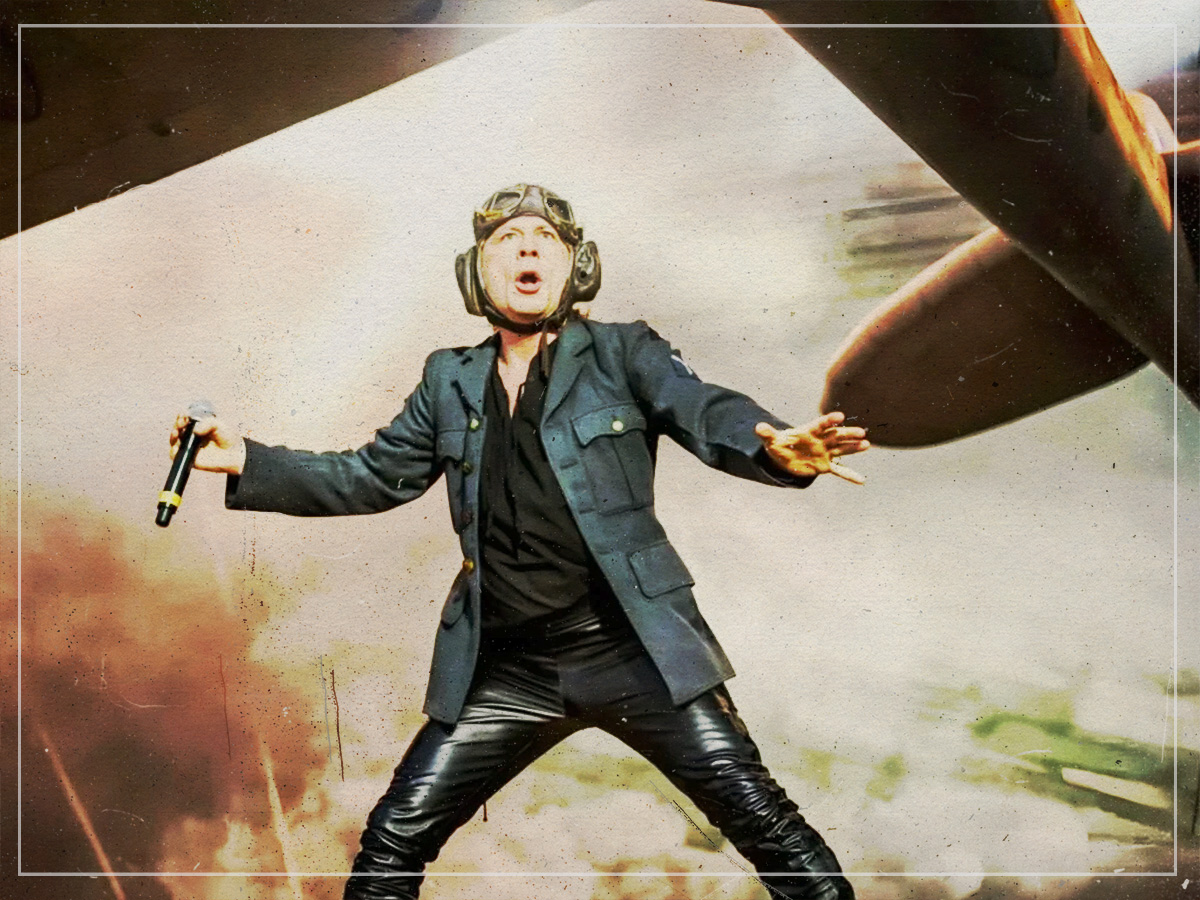
(Credits: Far Out / Alamy)
Sat 22 November 2025 22:00, UK
It was 1980, the Music Machine in London, where Bruce Dickinson was fronting his band Samson, and opening for them, at the time, was a little-known outfit called Iron Maiden.
Now, when you’re about to go on stage with your band, you should be psyching yourself up and getting ready to put on a good show; instead, Dickinson stood in the wings, having his mind blown by the quality of the support band, feeling it was inevitable that he would one day be their lead singer.
It’s not that he didn’t enjoy playing in Samson; he listens back to a lot of that music with a gleeful bewilderment, admiring how they tried to do things outside the confines of heavy metal. That being said, he also admitted that he thought as players, the group was somewhat lacking.
“The band had a lot of strengths but also a lot of weaknesses,” said Dickinson, “We had some interesting songs that sat slightly outside of the metal genre. But as players, it was very hit and miss. Thunderstick’s drumming was, how do I put it?, somewhat eccentric.”
That lack of quality was reflective in how Samson’s music was received, wherein people liked them, but in 1980, a year which saw the release of plenty of great heavy metal music, which was widely embraced by the public, Samson’s offering didn’t land all that well. Something which people did connect with was Iron Maiden’s self-titled debut, which further affirmed Dickinson’s idea that he should be the one on the mic, but little did he know that the band somewhat agreed with the thought.
When you’re rising in popularity, you wouldn’t expect an act to take a big risk like changing their frontman, but Paul Di’Anno, who was an excellent vocalist, having helped the band gain initial traction on their first two albums, was proving himself to be a liability. Sometimes, the rock ‘n’ roll lifestyle can inhabit people in an incredibly negative way, and he was one of these people, which is what led to Iron Maiden realising his priorities were no longer with the band, and so they started looking for a replacement.
Following performances at Reading Festival, bassist Steve Harris and manager Rod Smallwood pulled Dickinson aside to let him know that they were considering him for the role of new Iron Maiden frontman, to which he recalled that initial gig at the Music Machine and knew that if he auditioned, he would get the job.
Most people would be humble in the face of such certainty, but not Dickinson, who claimed, “I said, ‘Before we start, you know that if I audition I’ll get the gig. I want it. And it’s exactly what the band needs. But be warned, I’m gonna be a pain in the arse. I’m not a clone of the other singer, and I’ll have ideas of my own, ideas that Steve might not like. Steve just said, ‘Fine!’”
Fast forward to a small rehearsal room in Hackney, Dickinson is delivering his spin on Iron Maiden songs, and the band jams for the first time with who would become their new lead. It wasn’t a difficult decision to make, and as the singer predicted that night in London, 1980, he became the singer for Iron Maiden. “We did three or four Maiden songs, but I’d learned all of them,” he said, “It felt very natural. But then I had to wait two weeks so that they could deal with Paul after the last gigs in Scandinavia”.
Related Topics
